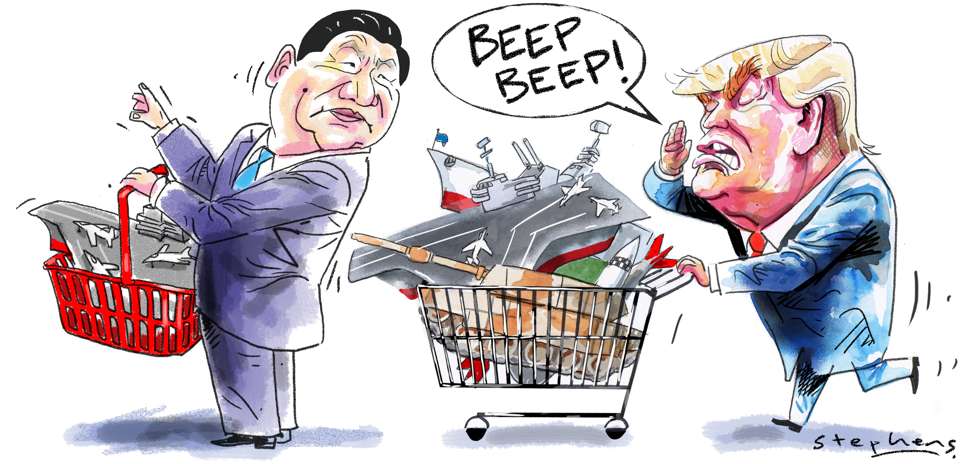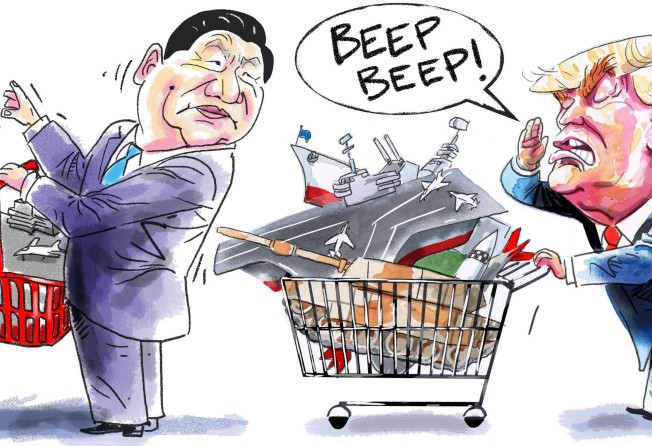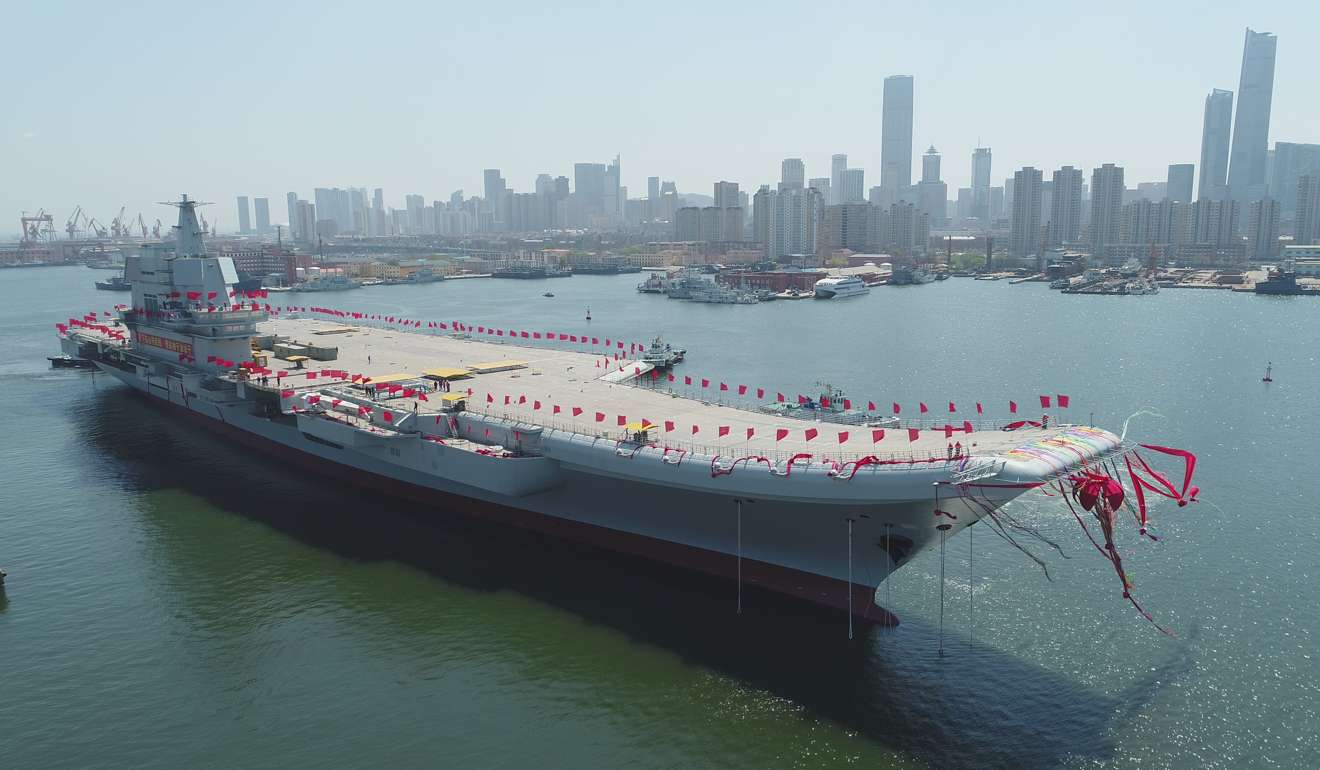
New aircraft carrier is no reflection of China’s military aggression, as a study of military spending makes clear
Dan Steinbock says a more careful study of global military spending paints a different picture than the headlines suggest


The US Navy commissioned its first aircraft carrier in 1922. Today, it has 19 of the 36 plying waters around the world. The same goes for overseas military bases. While China’s first overseas military base in Djibouti has been portrayed as a world threat, the US has almost 40 “named bases” around the world, military deployments in more than 150 countries, and over 300,000 of its personnel abroad.
What about military expenditure? The conventional narrative is that China has become assertive, while the West is ignoring its defence needs. This view is backed by the newly released report by the Stockholm International Peace Research Institute (Sipri), which suggests that, in the past decade, military spending in China and Russia has increased 118 per cent and 87 per cent respectively. America remains the greatest military spender, but its expenditure has fallen almost 5 per cent in the past decade.
Yet, the realities are more nuanced. After the end of the cold war, many observers expected a “peace premium” and a significant drop in military expenditure. In reality, defence spending increased from the mid-1990s to the early 2010s. Then, expenditure levelled off, due to stagnation in advanced economies and the fall of oil prices in oil-exporting countries, many of which are major military spenders.

The new list of top 10 military spenders includes the US (US$611 billion), China (US$215 billion), Russia (US$69 billion), Saudi Arabia, India, the core EU economies, Japan and South Korea. Together, they account for three-quarters of the total. Yet, Washington spends more dollars per year on its military than the next seven biggest spenders combined.
There is a deep gap between current realities and perceptions of military spending
The biggest aggregate military spenders are almost by default the most populous or largest economies, or both. Consequently, the intensity of military spending should also be assessed in per capita terms. In this narrative, Saudi Arabia and the US lead, with US$2,000 and US$1,900 per person respectively. The two are followed by Europe, South Korea, Russia and Japan. In contrast, China and India come last, with just 8 per cent and 2 per cent of the US level respectively.
But perhaps a longer-term view would produce a different picture? That’s not the case.
If the past decade’s increases in military budgets are viewed in per capita terms, the big spender is Saudi Arabia (40 per cent). In contrast, defence expenditure has climbed more slowly in China and India (less than 15 per cent each); and even less in Russia (6 per cent).
These relative increases in military expenditure should be compared with gains in per capita incomes. If per capita incomes rise fast, then relative increases in military budgets are to be expected, and vice versa. In the past decade, per capita incomes in China and India increased strongly (10.8 per cent and 8 per cent respectively). In both, military spending has increased even faster but from a very low starting point.

However, in the Middle East, the gap between military spending and per capita income is steep. In the past decade, increases in Saudi defence spending have been almost 40 times faster than growth in per capita incomes.
Usually, military assertiveness as a national priority is reflected by the share of defence spending as a percentage of gross domestic product. In these terms, the great spender is Saudi Arabia (10 per cent of GDP). In the past decade, Chinese defence spending as a share of GDP has been 1.9 per cent, lower than in India (2.3-2.5 per cent) and Australia (2 per cent), and on a par with the UK. Historically, it is about the same as America’s in the 1920s.
In turn, Russia’s defence spending as a share of GDP has risen by almost half, which US neoconservatives see as evidence of assertive expansionism. Nevertheless, Russia’s spending can also be seen as belated modernisation and a logical result of US-led Nato expansion to Russia’s neighbourhood.
In the past decade, US defence spending as a share of GDP decreased slightly, to 3.3 per cent, due to the 2008 financial crisis and the Barack Obama administration’s defence sequestration. In the post-war era, that is an exception, not the rule. In fact, the Trump administration is planning a massive Reagan-style rearmament and is requesting US$54 billion for the next year – an almost 10 per cent increase in a single year.

There is a deep gap between current realities and perceptions of military spending. If the first casualty of war is truth, then the first victim of peacetime rearmament are flawed narratives that support entrenched military interests.
Perhaps that’s why, when China launches a new carrier, it is typically reported as the “latest display of Beijing’s growing naval power” but when US carriers dominate regional waters and exercise their hegemony internationally, it isn’t deemed to be newsworthy.
Dr Dan Steinbock is the founder of the Difference Group and has served as the research director at the India, China, and America Institute (US) and a visiting fellow at the Shanghai Institutes for International Studies (China) and the EU Centre (Singapore). See http://www.differencegroup.net/